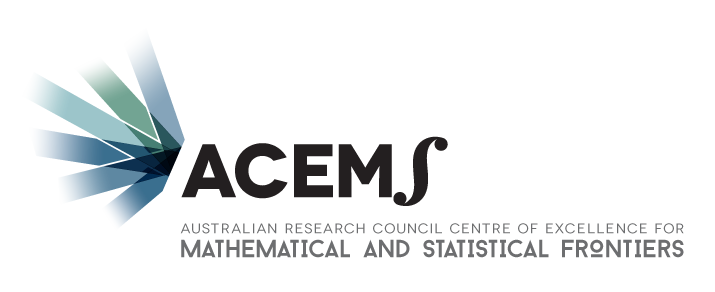This is a list of links to past and present projects hosted in Adelaide.
A SERN is a natural generalisation of a random network, taking into
account that many physical networks are embedded in space, and longer
links are more costly, and hence less likely.
We’ve been doing some work on SERNs for a little while. Here’s a few
relevant links.
The Topology Zoo is a project to collect data network topologies from
around the world. Have a look at its main web page:
http://www.topology-zoo.org/.
Metagraphs are a generalisation of graphs (or networks) similar in
nature to a directed hypergraph.
- A hypergraph allows an “edge” to connect more than one node.
- Directionality means that an edge can connect one set of objects to
another difference set.
The main difference in a metagraph is that edges come associate with
properties, even properties that are conditional on other parts to
the graph, making them ideal to represent policies.
Does your web browser have a unique fingerprint? If so your web
browser could be tracked across websites without techniques such as
tracking cookies. Additionally the anonymisation aspects of services
such as Tor or VPNs could be negated if websites you visit track you
using your browser
fingerprint. Browserprint is a service
is designed to test how unique your web browser’s fingerprint is, and
hence how identifiable your browser is.
A Traffic Matrix – a matrix giving the traffic volumes between
origin and destination in a network – has tremendously potential
utility for IP network capacity planning and management.
The Combined Optimization and Layered Design (COLD) Algorithm is used
to synthesise data network topologies.
It uses a Genetic Algorithm to optimise the PoP-level structure of a
network, then uses Generalised Graph Products to synthesise a router
level network.
AutoNetkit:
Automated Network Configuration: Construct your network from a
topology diagram, add protocols, automatically allocate IP addresses,
and generate configuration files with templates. Deploy to emulated
networks and measure the results, with live visual feedback of design
and measurement steps. Go to the
AutoNetkit page
for more details.
Statistically Accurate Internet Loss Measurements (SAIL)
This project focusses on a rigorous statistical method to analyse the
results of loss
measurements. SAIL
uses algorithms from Hidden Semi-Markov Models to estimate the
parameters of the real loss process from measurement. It then computes
the real loss rate and its variance. SAIL is light-weight and runs in
linear time (on the number of samples). You can find the code to
perform the analysis, and the data we used in our paper (as well as
links to the papers), on the
SAIL web page.


